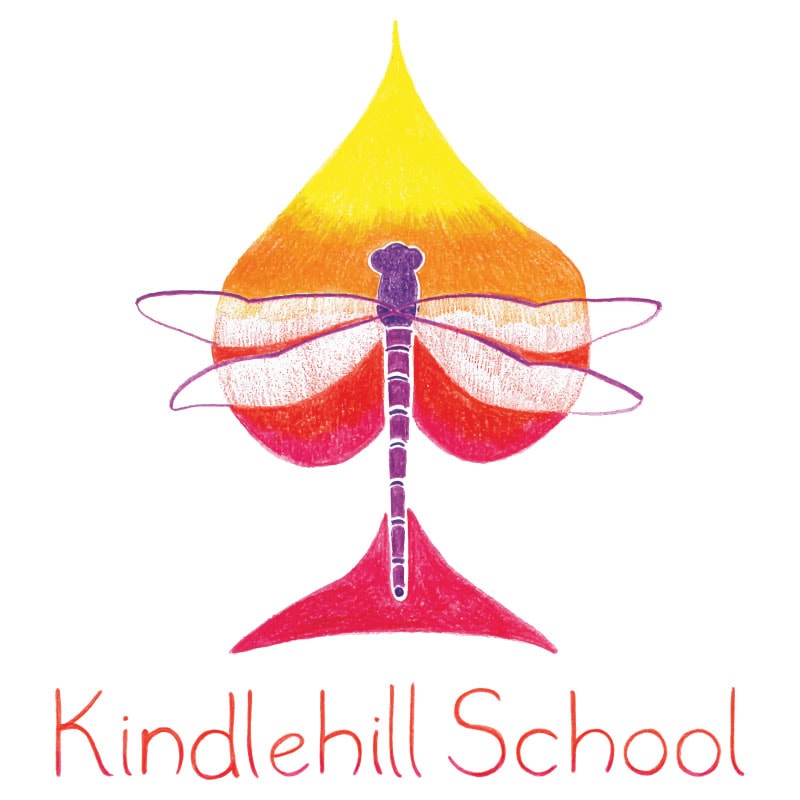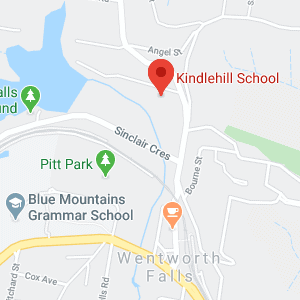Have you heard of the Ikea Effect”? It’s a term coined by a Harvard academic to describe the enhanced affection a person has for an object they made themselves, even if it is a wonky bookshelf from Ikea. At Kindlehill, the “Ikea effect” is in full flight, as the construction methods for the new buildings allow the school community to hand make everything from windows, to chicken roosts to daily meals.
The Harvard academic called this “exaggerated attachment” an irrational impulse, however Lynn contends that the source of the attachment runs deeper than the mind.
She cites the teachings of Rudolf Steiner, who believed that beautiful objects crafted by the human hand generates a life force that feeds directly into its immediate environment. Lynn feels this energy around the school, where “people are working, creating, cooperating, building on each others impulses, putting up with each other’s perceived shortcomings”. She recognizes this when Jamie “feels” a sense of community “in the building”: mud is an organic material with its own morally empowered life force.
Within this framework, the individual and collective are not pitted against themselves but work to enrich the other. Every gesture that finds physical form is united, by common will, into a greater whole that transcends individual glory or satisfaction.
The efforts of Amy and Georgina, featured below, are just two examples of this brand of community building.

Kindlehill School is a K-10 Steiner School that sits on a hill above the Wentworth Falls Lake, in the Blue Mountains, NSW. We are an independant school working creatively and in a contemporary way, out of the foundation of Rudolf Steiner’s philosophy for education.


